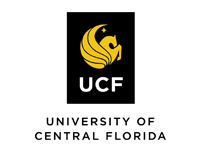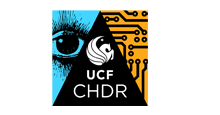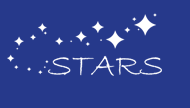Article Title
Abstract
Inspired by a handful of passionate students, in the fall of 2009, the School of Mechanical Engineering at Purdue University offered a new course entitled Roller Coaster Dynamics. Little did the instructors of the course (the co- authors of this paper) know, but that course and the many variants that followed would have a marked impact on students and instructors alike, prepping scores of civil and mechanical engineering students for careers in the themed entertainment and amusement attraction industry and opening up new avenues for technical exploration in the areas of nonlinear and multi-body dynamics. This paper adopts a balanced narrative and technical format, not only highlighting the development, subsequent evolution, and impact of Roller Coaster Dynamics at Purdue University, but also providing a brief technical overview of the many focus areas of the course. The paper also highlights recent advancements associated with the course, including the design and implementation of a virtual reality based roller coaster design-build-test exercise; the formation of Theme Park Engineering and Design (TPED) at Purdue; and a forthcoming research paper series that aims to provide a more holistic design and analysis framework for two- and three-dimensional roller coaster designs.
Creative Commons License

This work is licensed under a Creative Commons Attribution-NonCommercial-No Derivative Works 4.0 International License.
Recommended Citation
Rhoads, Jeffrey F. and Krousgrill, Charles M.
(2018)
"Roller Coaster Dynamics at Purdue University,"
Journal of Themed Experience and Attractions Studies: Vol. 1:
Iss.
1, Article 3.
Available at:
https://stars.library.ucf.edu/jteas/vol1/iss1/3
Included in
Environmental Design Commons, Interactive Arts Commons, Theatre and Performance Studies Commons




